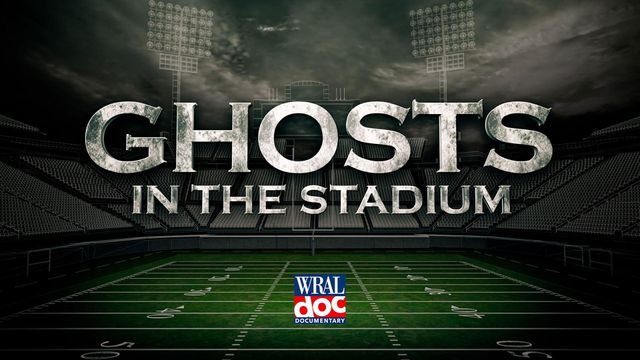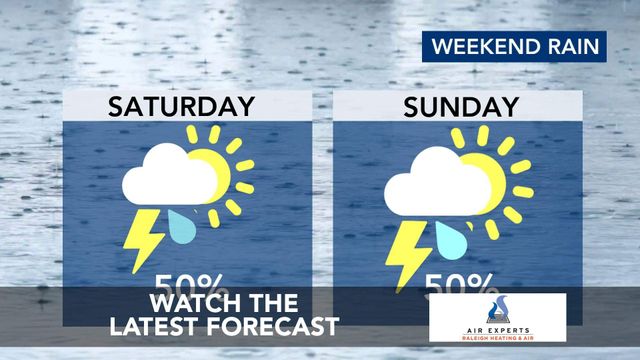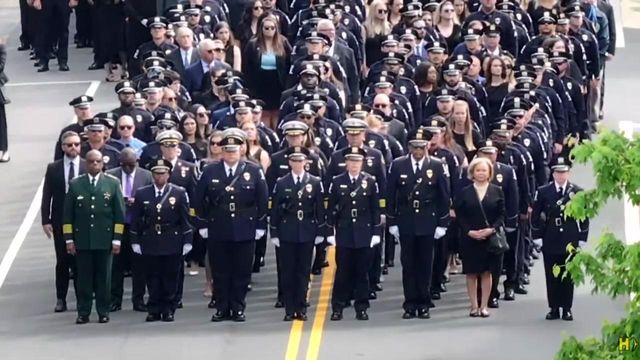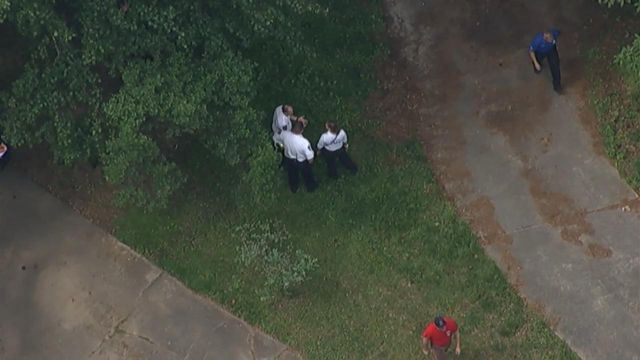'Built on their graves:' Fans tailgated on top of 500 unmarked graves at Clemson football stadium
For many years, football fans at Clemson University parked their vehicles and tailgated right in the middle of a burial ground – many never even realizing there were hundreds of people buried right beneath their feet.
More than 500 unmarked graves dating back to the early 1800s serve as the final resting place for enslaved men and women – many who built the university itself, and before that, the plantation on which the school sits.
Other people buried in the graves are believed to have been Black sharecroppers, domestic workers, tenant farmers, convicted laborers and wage workers and their families.
Some of the graves were overbuilt by the marked graves of white people who had worked at the university.
In 2015, unmarked graves belonging to enslaved men and women were discovered at Carter-Finley Stadium at NC State University. Similar to Clemson, the graves were hidden on a wooded hillside, near a gate that had also been used for parking and tailgating.
"It makes you wonder, how much of America – the parts that we prize the most – were not only built on the backs of the people who built them, but literally were built on their graves, on the places where they died," said historian and author Carmen Cauthen.

Before Clemson University there was Fort Hill Plantation
Many universities in the south have connections to slavery –– whether built using enslaved labor or using money from wealthy plantation owners. Today, many universities and historians are working to ensure the names of the people who built the buildings and worked the land are not forgotten.
Clemson University has put together a timeline of the land's history – including a list of known people who were enslaved on the plantation.
Long before the university was built, the Calhoun family established Fort Hill Plantation along the tract of land that would eventually become Clemson University. According to the university's timeline, more than 139 people were enslaved on that plantation.

Historians believe the hill on campus that is now known as 'Cemetery Hill' first became a burial site when the Calhoun family's firstborn son died and was buried there. Over the passing decades, more family members were buried in proximity to these initial plots.
Meanwhile, research shows enslaved families on the plantation also buried their loved ones on Cemetery Hill –– but closer to the bottom, rather than the top. While the white families had permanent markers, the Black families often were not afforded the same opportunity. Instead, historians note many graves for enslaved men and women have been lost over the generations because their markers were often something more simple and easily available – perhaps a basic field stone or a plank of wood, something that could easily be moved or destroyed. Since most enslaved individuals were not taught to write, they could not memorialize a loved one's name on their headstone. In time, many of these graves – and names – have been lost to time.
Clemson University was founded on the plantation in 1889 at the request of Thomas Green Clemson, who had married into the Calhoun family. After the school had been around for around 30 years, another cemetery was established near the Calhoun family cemetery – this one specifically to honor faculty of Clemson and their immediate families. It became known as Woodland Cemetery.
According to a historic document from the school, in 1922 the Board of Trustees established a cemetery for "any member of the Caucasian race who is a regular employee or who dies in the employment of the college, provided he has been in the service of the college for a period of time exceeding three years.”
As far back as 1946, the college reports knowing about at least 200 to 250 of the graves belonging to enslaved men and women and convicted laborers. The college Buildings and Grounds Committee recommended placing a permanent marker on the site at that time, but it didn't happen.

Historic cemetery used as a parking area
It took nearly 75 years before those burial grounds would finally be marked. Today, a small placard marks the cemetery, alerting visitors to the history: African American Cemetery Site.
Between 2020 and 2021, these burial sites were formally recognized and marked with flags, as researchers began the process of working to identify the hundreds of individuals who lived and worked on that land.
"People kind of saw the cemetery more as a park, rather than a cemetery," said Rhonda Robinson Thomas, Calhoun Lemon Professor of Literature at Clemson University.
She says Clemson allowed parking within the cemetery – parking that raised a lot of money for the school.
"They had paid parking, and so quite a bit of money was raised. It was treated as a funding resource for athletics," she said. "It was also treated as a place to party before the games."

Over 500 unmarked graves 'hidden' in the cemetery
Research from the 1940s shows historians had only discovered around 200 graves belonging to the Black families that had toiled on the land. However, modern equipment discovered there were many more burial sites 'hidden' in the cemetery.
"A decision was made to survey the entire cemetery," said Thomas. "After the ground-penetrating radar was completed, over 500 anomalies were (found that are) believed to be unmarked (graves). Burials were found throughout the entire cemetery."
Researchers have linked those to enslaved people, sharecroppers and tenant farmers who had worked on the land.
"Once we learned the history, we had a decision to make," she said.
What did the school decide to do?
"They decided to provide the resources that we needed to actually document the history of the cemetery for the first time. They decided to beautify the cemetery by putting in new pathways that would really signal to the world that this is a sacred site," said Thomas.
Today, Clemson University has documented its history and strives to tell and honor the stories of all the people that lived and worked on that land.
"As long as there's a Clemson University, the cemetery will be cared for," said Thomas.
History hidden by football stadiums across the state
The Tigers' stadium is far from the only football stadium hiding lost Black history. NC State's Carter-Finley is also built atop a lost Black community, known as Lincolnville, and for decades crowds walked right past a hidden Black cemetery without even realizing it. The football stadium at UNC is linked to the brutal history of the Wilmington Massacre.
'Ghosts in the Stadium' is a new WRAL Doc exploring the hidden history beneath each of these iconic football stadiums.
Podcast: Chris Lea shares his personal insights on Ghosts in the Stadium
Listen to Chris Lea explain how he became fascinated with the history hidden by football stadiums across NC and SC.















